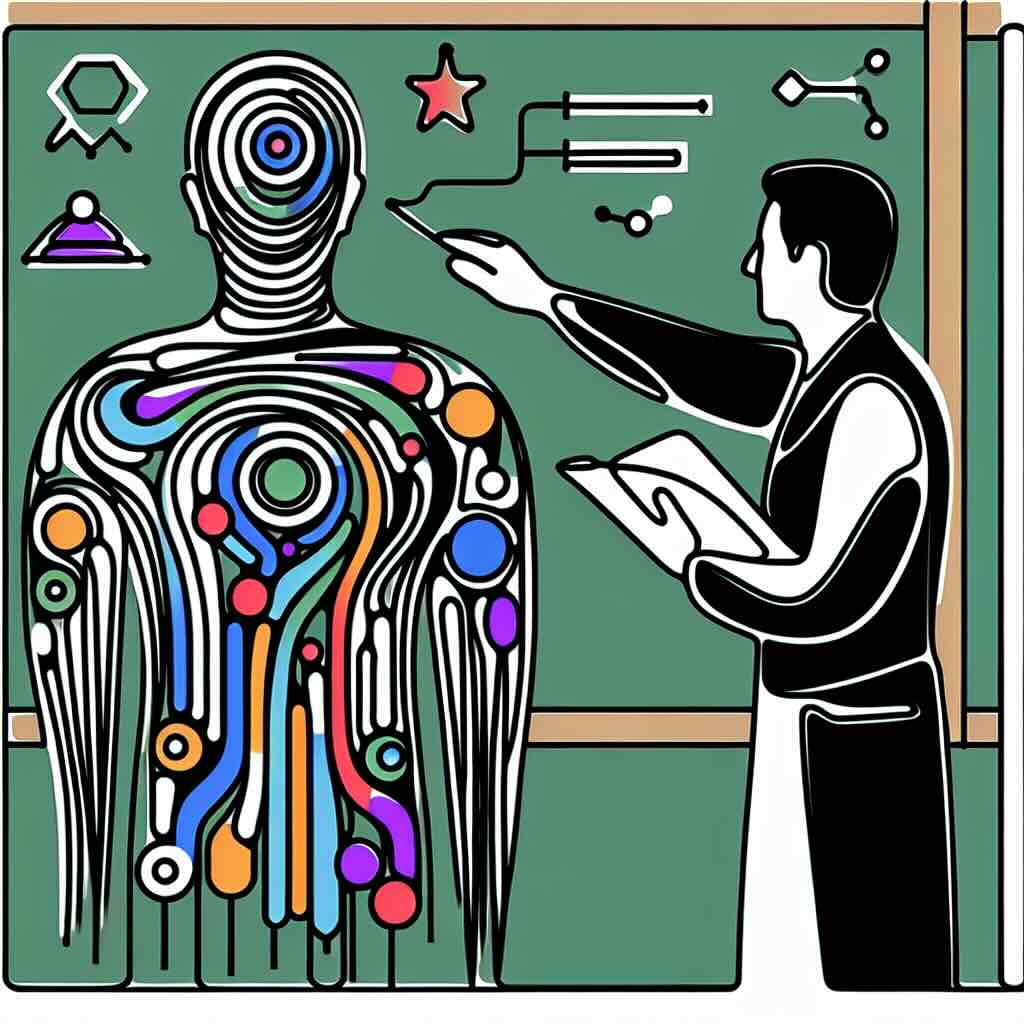Data can present itself in many forms - but the more you can turn it into learner stories, the better informed your next decision will be
Learning analytics has become a game changer for instructional designers, providing valuable insights and actionable data to enhance current and future learning experiences. This post explores the foundations of learning analytics, highlighting its benefits, potential risks, and practical ways you can start to integrate it into your next learning design.
Table of Contents
1. Understanding Learning Analytics
2. Data Sources and Collection Methods
3. Transforming Data into Actionable Insights
4. Ethical Considerations and Risks
5. One Practical Exercise to Get Started Today
6. Conclusion
7. Call to Action
8. Related Topics
Understanding Learning Analytics
Learning analytics involves collecting, measuring, and analysing data about learners and their contexts to optimise learning experiences. For instructional designers, it offers a toolkit brimming with data points that shed light on learner behaviour, engagement, and performance. By tapping into these insights, designers can refine content and instructional strategies, ensuring they meet the learners' needs more precisely. Whether designing corporate training or academic courses, embracing learning analytics start with understanding its potential – from identifying struggling learners early to personalising learning paths for diverse audiences.
Data Sources and Collection Methods
Data for learning analytics can be sourced from various platforms and activities: learning design platforms, Learning Management Systems (LMS), assessment tools, discussions, and even social media interactions. Using these diverse data sources, instructional designers can develop a comprehensive view of the learning environment from the start, to every redesign or iteration. Techniques for data collection include web analytics, surveys, clickstream data, and more. Each data point, whether it's a quiz score or time spent on a module, forms part of a larger puzzle that, when analysed comprehensively, offers a clearer picture of learner engagement and success.
Transforming Data into Actionable Insights
Raw data doesn't inherently provide value until it's interpreted correctly. Learning analytics translate this data into actionable insights by revealing patterns and trends. For example, if data shows a significant drop-off rate in a particular module, it may indicate a need for content reworking or supplemental support. By employing tools like dashboards and visualisations, instructional designers can make data-driven decisions, refining course materials, and pedagogical strategies. Additionally, predictive analytics might forecast which learners need additional attention, allowing for timely interventions.
Ethical Considerations and Risks
While learning analytics presents numerous advantages, it comes with ethical considerations and risks. Data privacy, consent, and transparency are key concerns. Designers must ensure they comply with regulations like GDPR and ensure learners are aware of how their data will be used, or to ensure data is aggregated and anonymised. Another risk involves data misinterpretation, potentially leading to unfair outcomes or assumptions. Fostering a responsible approach to data ethics, respecting learners' privacy, and openly communicating the purpose and use of data collection are essential practices to mitigate these issues.
One Practical Exercise to Get Started Today
To start integrating learning analytics into your instructional design, try this exercise:
- Select one course module.
- Collect data on learner interactions within this module – time spent, quiz scores, participation in discussions.
- Analyse this data to identify one key insight – for instance, a topic where learners struggle the most.
Implement a small change based on this insight, like adding supplementary material or altering the content delivery method.
Conclusion
Learning analytics empowers instructional designers with the tools to create more effective, personalised, and engaging learning experiences. By harnessing data insights, designers can proactively address learners' needs, optimise content delivery, and ultimately enhance educational outcomes. While it’s crucial to navigate the ethical landscape responsibly, the potential benefits make learning analytics an invaluable asset in modern instructional design.
Try it Yourself
This post only explores the edges of learning analytics and using data to drive decisions, your task is to consider where you can take actionable steps to make more data-informed decisions for your next learning design. Here's one way to get started:
1. Identify one course or module where you can begin collecting (or reviewing) data.
2. Use a simple data analysis tool to interpret the data you collect.
3. Implement one change based on your insights and measure its impact.
Related Topics
- Data-Driven Instructional Design
- Evaluating eLearning Courses
- The Role of AI in Educational Assessment
- Integrating Technology in Education
- Effective Use of Learning Management Systems







